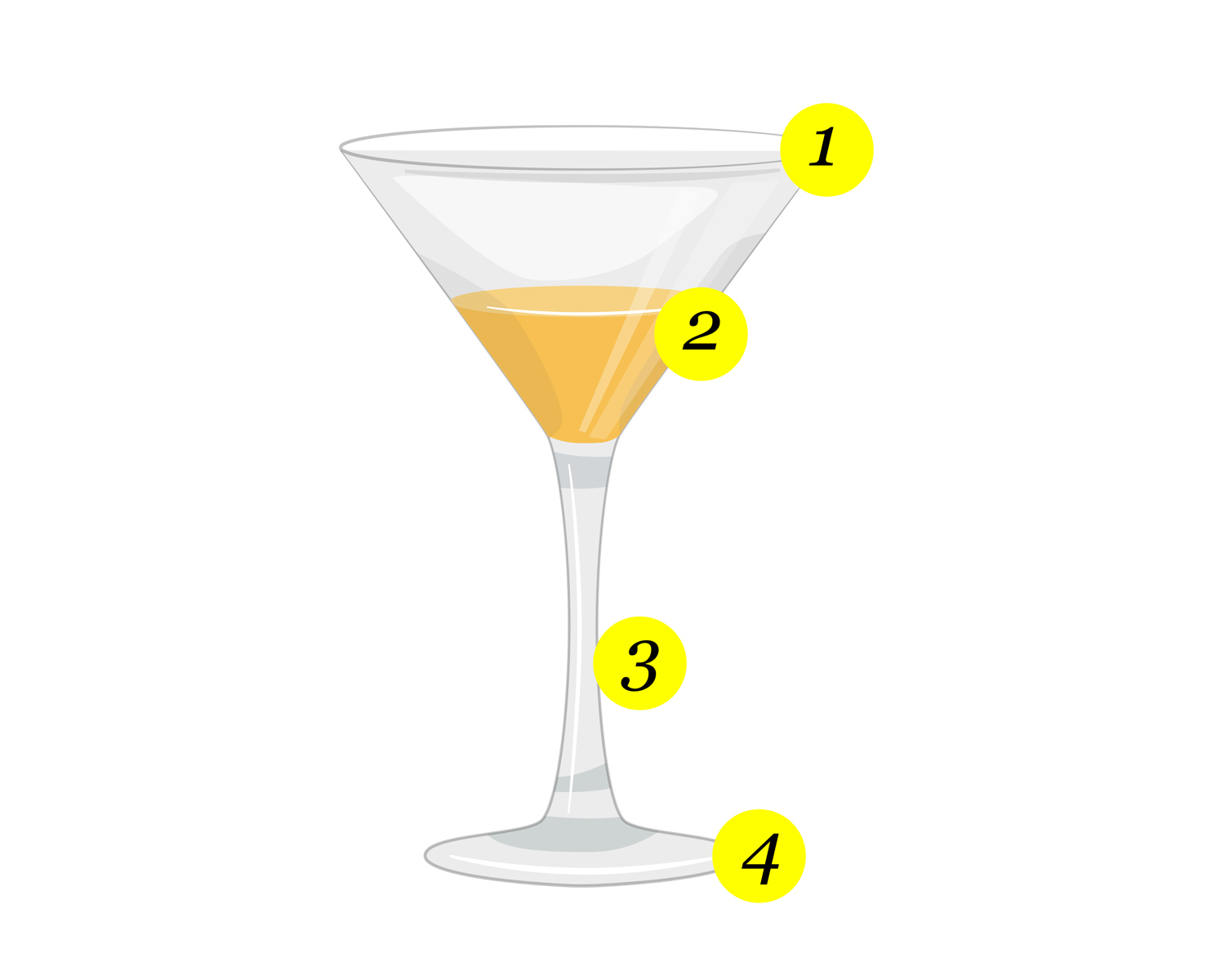Simple copy works, and it works hard
Throughout the evolution of marketing - from mosaic adverts dating back to 35 C.E. to AI-driven chatbots in recent years - copywriting remains an integral aspect of reaching customers. Consumers' attention spans are getting shorter (8 seconds to be exact) and this means our copy needs to be as engaging and snappy as possible.
Creating engaging and readable copy in line with your brief can sometimes leave you tearing your hair out. But you can save your hair follicles with these practical tips you can start using right now.
In a nutshell…
Even before you put pen to paper - or fingers to keyboard - you need to understand your brief. It is an obvious step, yet it is often overlooked by copywriters. Introducing one idea (or ‘key message’) will not only give you a starting point but will also keep your ideas focussed and simple.
One of the easiest ways to unearth the key message to inspire your copy is to free write. This method is a proven way to combat the dreaded writer’s block and has even been used to write some of modern literature’s best novels.
- Write out some key words from your brief.
- Set a timer for five minutes.
- Write down every thought that pops into your head - related or not.
- Follow every tangent your writing takes you on.
- Don’t pause until the five minutes are up.
At the end of the five minutes you’ll have a page or two filled with ideas, words and phrases. There is no point denying that most of these will be terrible and unusable. But the process isn't really about stumbling upon the final piece of copy; it’s about decluttering your mind and finding a new approach to the topic. Even if all you write is your shopping list and your cat’s name over and over again, you’ve got some words on the page and your fingers moving again. It’s a good start.
Shaken, not stirred

The Martini glass model is a journalistic method that helps guide the writing of punchy copy. Although it is most commonly used to write about chronological events, it can certainly be applied to longer copy in marketing:
1. Start with a punchy lead. This is the perfect opportunity to disrupt an audience’s Instagram feed with a piece of copy that makes them pause, even just for a second.
2. In that moment, deliver the facts in inverted pyramid form, starting with the most interesting or pressing information first.
3. Once you have hooked your reader, the stem of the martini glass represents the background of the topic. In the context of marketing, this is usually a case of getting your client’s values across, for example.
4. The final push is the ‘kicker’ and this has to be as catchy as your first piece of copy. How can your final sentence be short, snappy and memorable enough that your followers carry it around in their minds all day?
When it comes to writing longer copy - even just a couple of sentences for a marketing campaign or social media post - having a structure to follow is so important. You’ll hit all the points you need to make and get post-deadline cocktail inspiration. Cheers.
Just add maths
After hours of staring at a piece of copy we can sometimes get bogged down in the creative side of writing. Do we paint a beautiful picture or just stick to the cold hard truths? Sometimes you need to shake up the process a bit.
When you’re sick of juggling words, there is a quantitative way of measuring the readability of your writing. This is where the Gunning Fog Index rocks up. Measuring punctuation, words per sentence, syllables per word and more, the readability index works out how many years of formal education a reader needs to understand your writing. As a guide, texts with universal understanding need an index of less than eight.
A creative writing mathematician is a rare breed indeed. So if your algebra is a bit rusty, this handytool is a fool-proof way to calculate the Gunning Fog Index. To demonstrate this method, I tested excerpts from two very different styles and levels of writing:
- An excerpt from Cat in the Hat by Dr Seuss requires at least 2.6 years of formal education to be understood. This is in keeping with its young target audience.
- By comparison, an academic essay about the creation of a black hole requires at least 18.2 years of formal education to be fully comprehended.
Aiming for a happy medium between these two means that before you even consider the stylistic quality of your copy, it can be understood by the majority of its readers. In the words of Doctor Theodor Seuss himself, “Sometimes the questions are complicated and the answers are simple.”
Phone a friend
Good listeners are the best kinds of friends, especially when you’re a writer. They’re the perfect sounding board - and a free sample group to bounce ideas off before you’ve even written a word. When you’ve worked with a brand for a while, it can be difficult to distance yourself from what you know about their campaigns and products. Find a friend willing to tear your work to shreds and offer a first impression of the copy - look at it as a bonding exercise.
Before you start writing, try to explain your campaign to them in as few words as possible. Note down any keywords or interesting points that come out of this and use them to inform your final copy. Are they convinced? Do they understand what you're trying to say? Did they laugh at the joke you spent an hour working on? You can even ask them to explain the campaign back to you to see if your thoughts aline.
After all of this, you may have to compensate them with a bottle of wine or a box of chocolates, but what’s the price of good copy? I personally owe my coworker two Heinekens just for proofing this blog post.
Some of the most successful campaigns use simple copy based on straightforward key messages. However, we mustn’t underestimate the upfront appearance of this style of writing; some of the simplest copy takes the longest time to put together. But it can be learnt.
We're a creative agency in London and Singapore. We help our clients break through the noise. We'd love to hear from you so do drop us a line
